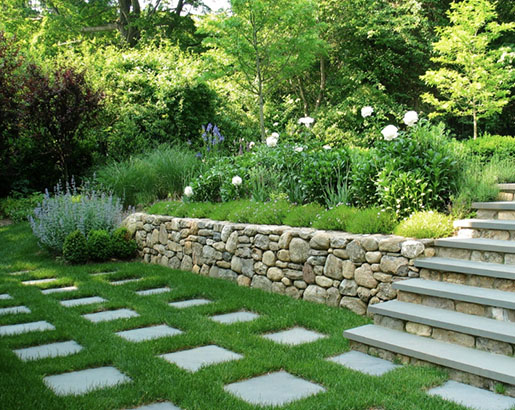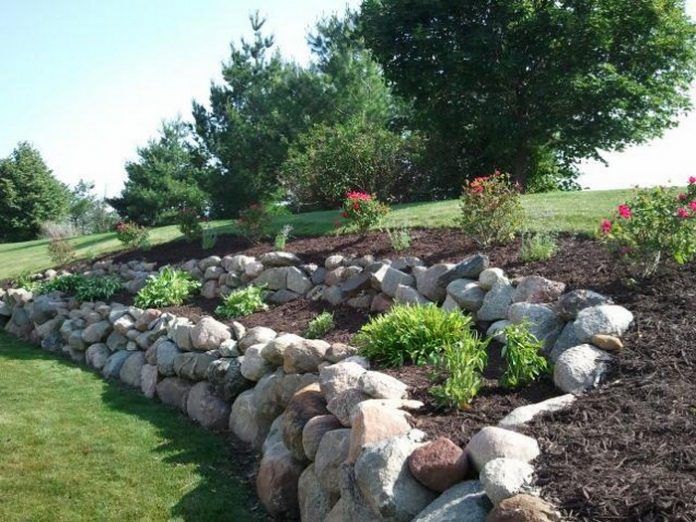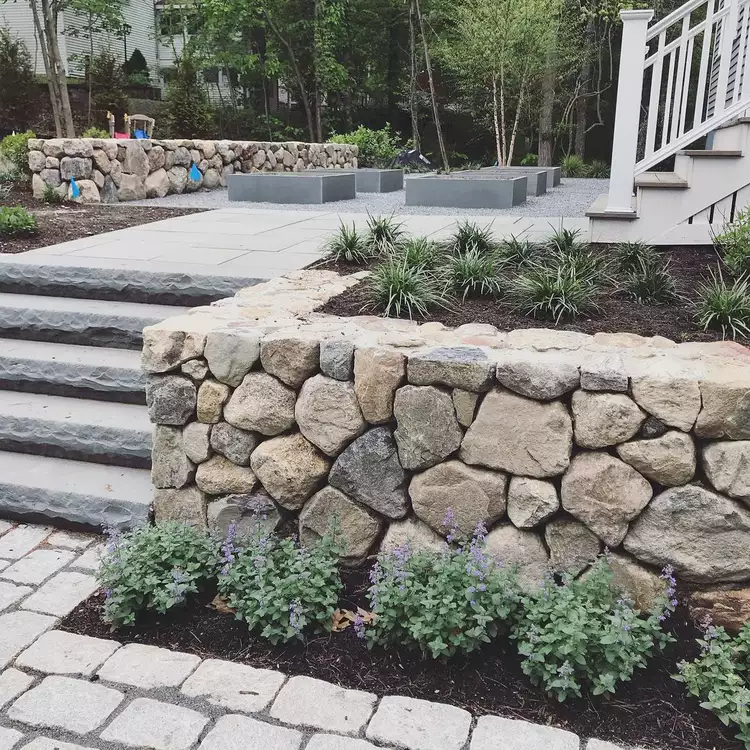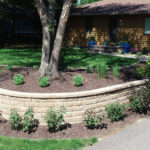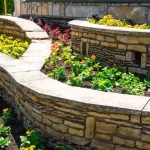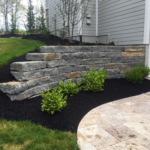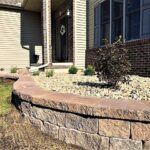Landscaping retaining walls serve an important function in preserving the integrity of a property’s landscape. These walls are often used to prevent soil erosion, create level areas on sloped terrain, and provide structural support for gardens and other outdoor spaces. Retaining walls can be constructed from a variety of materials, including concrete blocks, natural stone, wood, and even recycled materials.
One of the primary benefits of landscaping retaining walls is their ability to prevent soil erosion. By holding back the soil on a slope, these walls help to stabilize the ground and prevent it from washing away during heavy rains or flooding. This not only helps to protect the landscape but also reduces the risk of damage to nearby structures, such as buildings or roads.
In addition to their practical function, retaining walls can also add aesthetic appeal to a property. These walls can be designed in a variety of styles and patterns, using different materials and textures to create a visually appealing feature in the landscape. Retaining walls can also be used to create terraced gardens, adding depth and dimension to an outdoor space.
When designing a landscaping retaining wall, it is important to consider the specific needs of the property. Factors such as the slope of the terrain, the type of soil, and the intended use of the wall should all be taken into account when planning and constructing the wall. It is also important to ensure that the wall is built to code and meets any local regulations or requirements.
Proper maintenance of landscaping retaining walls is essential to ensure their long-term durability and effectiveness. Regular inspections should be conducted to check for any signs of damage or wear, such as cracks, bulging, or shifting. Any necessary repairs should be made promptly to prevent further damage and help extend the lifespan of the wall.
Overall, landscaping retaining walls are a valuable addition to any outdoor space, providing both functional and aesthetic benefits. By carefully planning, constructing, and maintaining these walls, property owners can enhance the beauty and practicality of their landscapes while also protecting them from erosion and other potential issues.
